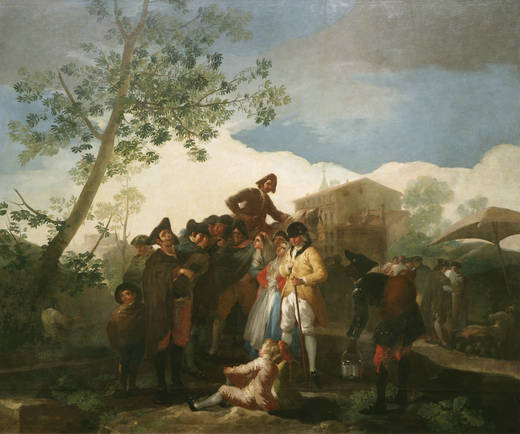It is considered one of the most important sculptures of the entire Spanish Baroque period and the best exponent of the idea of movement among all of Salzillo’s images. It is a full-length sculpture, depicted in a walking pose. Its superb polychromy, with stems and flowers made in gold using the estofado technique, is one of the most outstanding examples of Spanish imagery of the time. The importance given to polychrome processes had reached its peak some time before, in the reign of the Habsburgs. The transition from the Renaissance to the Baroque meant the separation of painters and polychromists, as the former entered into the intellectual currents of the time and moved away from the established rules. Historical and social changes brought about transformations that affected both the motifs represented and the techniques of execution. Salzillo’s sculptural production was, therefore, the definitive end to one of the most prolific artistic periods in Spanish art.
Collection: Images
Project: 10. Churches and religions in Europe., 11. Science and culture as representation in Europe.
Chronology: XVIII
Scope: Baccalaureate, University
Link: https://www.museosalzillo.es/coleccion/iglesia-de-jesus-pasos/san-juan/
Resource type: Image
Format: Round sculpture, polychromed and stewed wood
Source: Iglesia de Jesús, Museo Salzillo (Murcia)
Language: Spanish
Date: 1755
Owner: Blanca Rodríguez Hernández (Modernalia)
Copyright: Real y Muy Ilustre Cofradía de Nuestro Padre Jesús Nazareno
Abstract: Processional court image sculpted by Francisco Salzillo in 1755. Church of Jesús, Salzillo Museum (Murcia)
Tags







